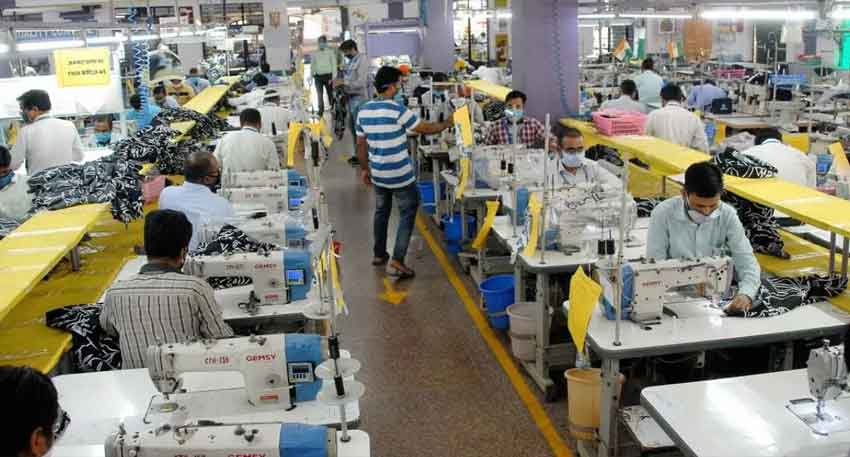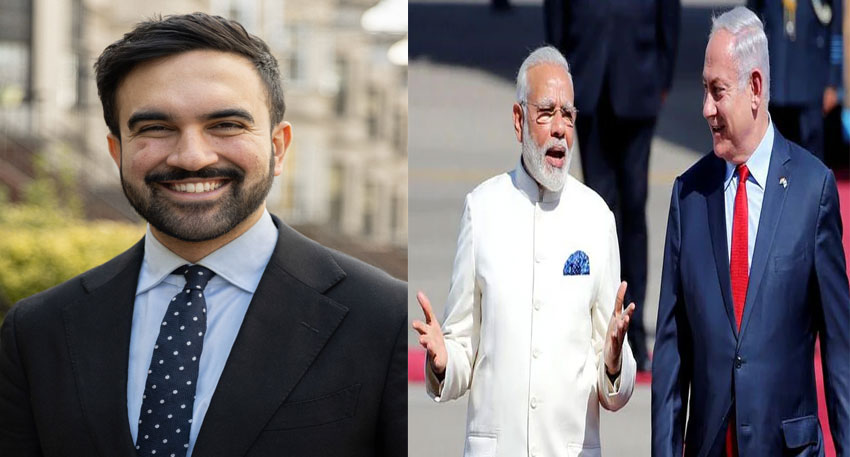
According to the latest figures released by the Pakistan Bureau of Statistics (PBS), textile exports from July to April (2024–25) reached a staggering $14,834.390 million, rising from $13,683.247 million during the same period last year. This increase is being seen as a positive signal for industrial employment, especially in urban and semi-urban regions where textile manufacturing plays a crucial role.
Also read: Dollar appreciates against rupee - What’s fueling this currency shuffle?
Key textile categories showing major growth include:
Knitwear exports rose by 15.47%, hitting $4,118.227 million, up from $3,566.624 million
Bedwear exports surged by 12.18% to $2,569.214 million
Readymade garments soared by an impressive 17.52%, touching $3,394.188 million
Towels increased by 4.49%, reaching $903.331 million
Tents, canvas, and tarpaulin exports rose by 11.65%, recording $109.002 million
Synthetic and art silk exports climbed 9.74%, reaching $330.862 million
Made-up articles (excluding towels and bedwear) jumped 9.10%, totaling $642.646 million
Other textile materials also grew 2.59% to $610.866 million
This sustained growth in high-value textile segments hints at expanding industrial operations, more shifts in factories, and rising workforce demand, particularly in garment stitching, packaging, and logistics.
While there was a 1.35% year-on-year dip in April 2025 compared to April 2024, and a 14.64% month-on-month fall compared to March 2025, experts argue that these short-term slowdowns are due to seasonal adjustments and global shipping delays, and do not reflect the sector’s broader positive trajectory.
With textile factories ramping up operations to meet rising international demand, economic observers suggest that Pakistan’s textile industry may be quietly fueling a job revival — especially for skilled and semi-skilled workers.




